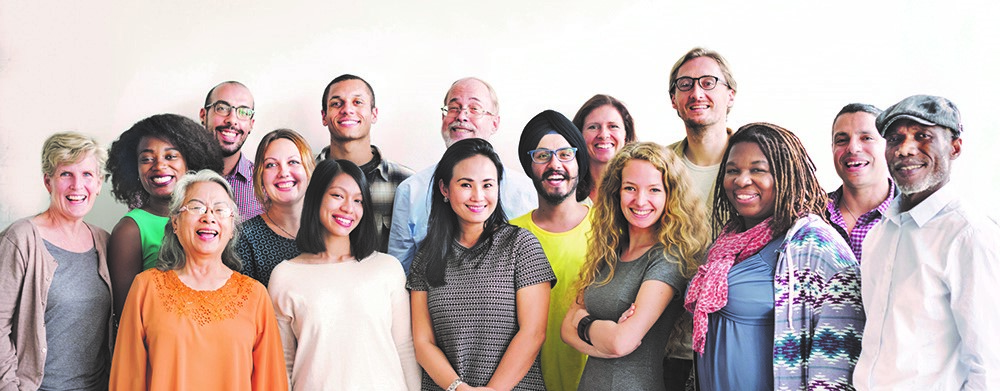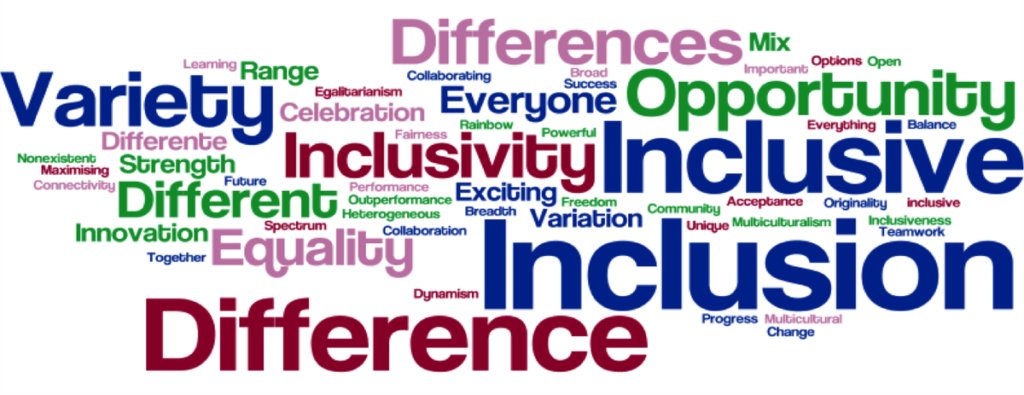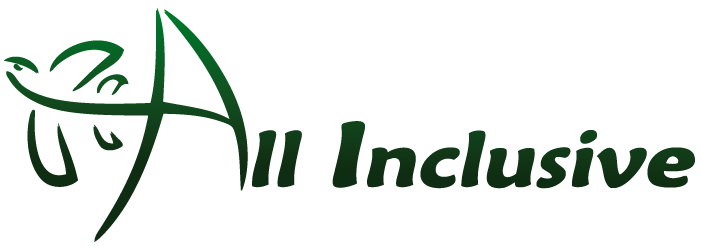What is Discrimination in the Workplace?
Assessment Outcomes –
1.1. Identify two positive ways in which individual difference and diversity in the workforce could be recognised and respected.
2.1. Outline own responsibilities and those of an employer in relation to equality.

Everyone has the right to work in an environment that is free from harassment, bullying and discrimination. Discrimination on the basis of race, gender, age, religion (or other protected attributes) violates someone’s right to be treated with respect, dignity and fairness.
Discrimination happens when you are treated less favourably than others because of a personal attribute about you rather than your ability to do the job.
It is unlawful to discriminate against someone due to their protected attributes.
| The 9 Protected Attributes | 1. Race, colour, national extraction or social origin 2. Sex, gender identity or sexual orientation 3. Age 4. Physical, intellectual, mental or psychiatric disability 5. Pregnancy or potential pregnancy 6. Marital status, relationship status and family or carer’s responsibilities 7. Religion 8. Political opinion 9. Trade union activity |

